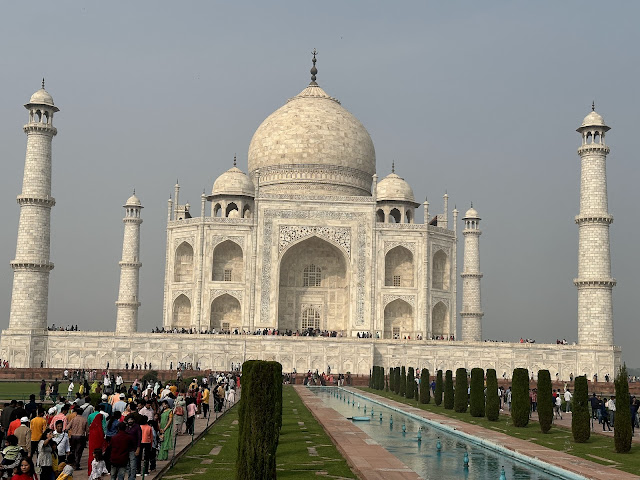The mortuary temple of Queen Hatshepsut

The mortuary temple of Hatshepsut is a mortuary temple complex constructed during the reign of Pharaoh Hatshepsut (reign: 1479 BCE – 1458 BCE, Eighteenth Dynasty of Egypt). The Great Royal Wife of the Pharaoh Thutmose II (reign: 1493 BCE - 1479 BCE) whom she succeeded, Hatshepsut is the second recorded queen regent of Egypt, the first being Sobekneferu (a.k.a. Neferusobek), the last ruler of the Twelfth Dynasty of the Middle Kingdom of Egypt.






